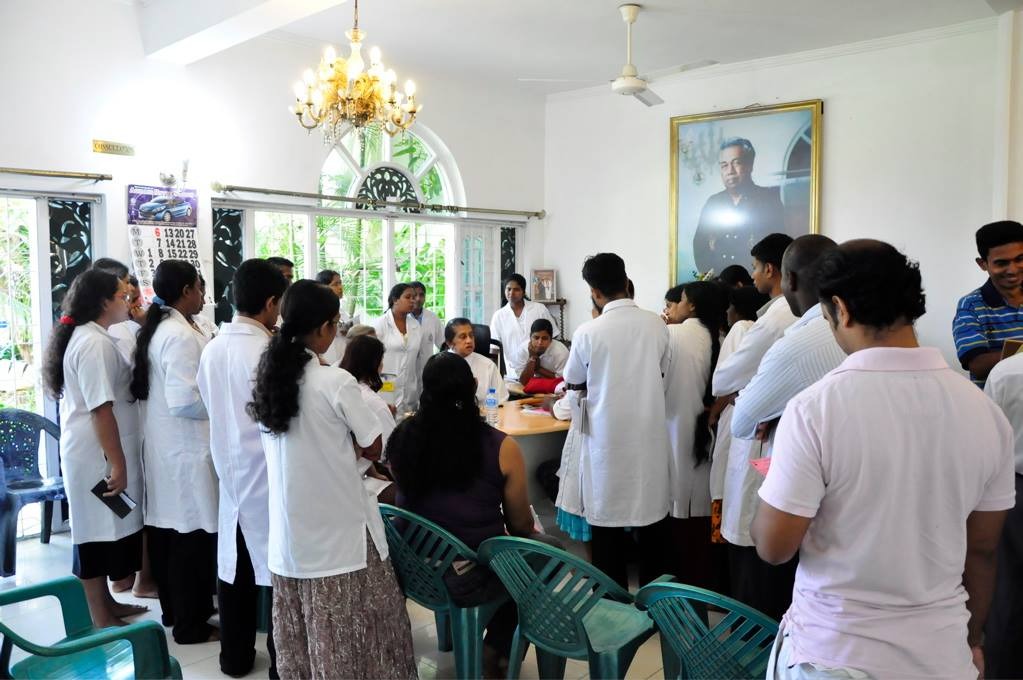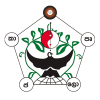Know Us Better
History of Medicina
History
Alma Ata declaration emphasizes primary health care which has been described as “Essential health care based on practical, scientifically sound and socially acceptable methods and technology, made universally accessible to individuals and families of the community through their full participation and at a cost that a community and a country can afford to maintain at every stage of their development, in the spirit of self-reliance and self-determination.
Primary health care practice is based on the special training and scientific orientation provided to health care workers including physicians, nurses, midwives, auxiliary and community workers and Traditional medical practitioners.
Vision
To strive to become the global leader primarily in Complementary Medicine Education and for the benefits we bring to uplift the health standards in society and for recognition for the excellence of our people, research, learning and innovation.
Training and Certification
Therefore Medicina Alternativa under the WORLD HEALTH ORGANIZATION guidelines have established procedures and regulations outlining the Code of Ethics that healers are expected to allow, consequent to their training and certification by “The Open International University For Complementary Medicines”. However, practitioners are governed by legislation and regulations which are appropriate to their country in which they hold registration, in addition to the Code of Ethics. The Code of Ethics is a general guideline to all practitioners.
Transfer
As candidates from many countries of the world found it difficult to attend the courses held in Kazakhstan, it was decided to transfer the main base to Western Europe. Some years later, the subsequent (second) Chairman (Prof. Dr. Jos Schade, M.D., Ph.D) transferred the organization to the Netherlands (Houten, City of Utrecht, Dr. S. Yasuda being the first Patron). However, persons from Third World countries and developing nations could not easily avail of the training programs in the various medical disciplines made available through the organization in Western Europe because of expensive living costs. In order to make this knowledge accessible to a larger population, and especially to those in economically less well-off countries, it was decided to move the base to Sri Lanka (Ceylon) under the Chairmanship of Prof. Dr. Sir Anton Jayasuriya. Medicina Alternativa initially was based at the Institute of Acupuncture at the Colombo South Government General Hospital, Kalubowila, Sri Lanka. Over 29,000 students from 120 countries have been taught complementary medicine at this clinic with worldwide numbers exceeding 150,000 to date. Under the auspices, the various regional associations have instituted training courses, Symposia and World Congresses in all five continents and in over one hundred countries in the past quarter of a century.
Thus, it was decided in 1987 to constitute The Open International University for Complementary Medicines with special emphasis to conduct an intensive clinical training program on various Complementary and alternative therapies worldwide, working with conjunction with other affiliated originations. The Sri Lanka Government was requested to enact legislation to enable The Open International University for Complementary Medicines to be constituted as a privately funded postgraduate institute. In March, 1988 onwards, degrees are being conferred and training courses are being conducted under the U.N. theme “Health for all by the year 2000”. The Open International University for Complementary Medicines form part of this worldwide endeavor to improve educational and public health facilities by the year 2000 A.D.



